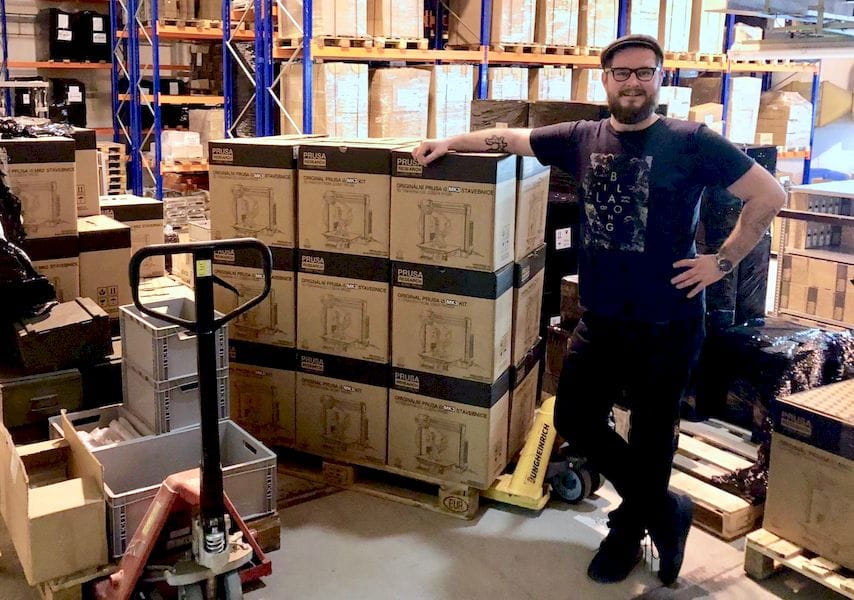
In a rather long blog post, Josef Prusa explained some of the backstory regarding ongoing changes to the company’s flagship desktop 3D printer, the MK3.
Introduced a few months ago, the MK3 is a very powerful and incredibly inexpensive desktop 3D printer. Prusa Printers based that unit on their experience with the previously successful MK2 and upgraded a number of components, most notably the more powerful extruder and the new removable magnetic steel print surface.
But Prusa is a company constantly in motion. They do not simply make a design an ship it; they listen, learn and make adjustments on each batch shipped. Prusa explained some of the major findings and adjustments they’ve recently made on this interesting machine:
- Increased power to the Z-axis during power panic processing to account for misalignments due to less careful assembly by kit buyers.
- They’re updating the pre-sliced model examples shipped with the machine to be better tuned for the device.
- They’ve made adjustments to the firmware to make processes more clear, and optimizing speed processing to improve print quality.
- Resolved a problem with the wiring wrap to the thermistor.
- Identified and explained some unusual sounds coming from the power supply and heat bed.
- Updated assembly instructions in a number of ways.
I find this post fascinating, because it is something almost no other 3D printer manufacturer will do. Prusa is an open source company and thus relies on the public to provide input.
And they certainly do. With the large number of Prusa machines shipped, they have a large audience from which to gather intelligence about the machine’s operation. Their user forums fill with feedback on the machine in almost every detail, and the company absorbs all this to form their next moves.
Forums are not a new thing for companies, as many have them. But Prusa relies on them for so much useful data. To put this in perspective, MakerBot also had a very significant user community that operated in a similar manner. However, shortly after the takeover by Stratasys, the user forums were shut down. 3D Systems did similar things with their Cube environment. These big companies essentially did not want user feedback, perhaps for fear someone might say something bad about the machine! Their reversion to “call the company for support” mode no doubt compromised their strategies somewhat.
Even more unusual is that Prusa explains the entire process of how these findings – and others not detected by their audience – were addressed, or not yet addressed. It’s a form of communication we would never see from most other companies, where there is admission of failures, as well as successes.
While some companies may see this approach as risky, I see it as something quite different: Trustworthy.
By openly explaining things, both good and bad, Prusa generates very considerable trust among their customers and followers. You get a glimpse of their world and can better understand why something doesn’t work or when things will be upgraded.
If only more companies would take this approach.
Via Prusa

